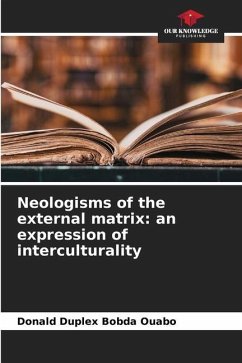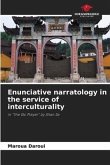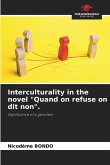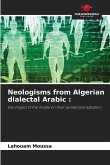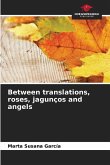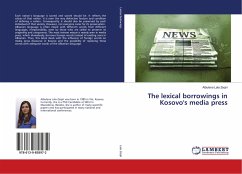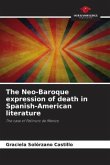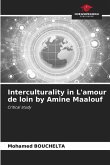Neology is one of the processes of enrichment of the language. Patrice NGANANG, a third-generation African novelist of the French language, colors his texts, notably Temps de chien and La Joie de vivre, with various lexical processes hitherto unknown in this language: neologisms. These neologisms can be categorized according to the internal and external matrix. The neologisms of the internal matrix include the lexies obtained thanks to the morpho-semantic, syntactic-semantic and pure morphological operations by reduction of the form that are the truncations and the siglaisons; the external matrix as for it is constituted by all the phenomena of borrowings and linguistic calques. Focusing specifically on the neologisms of the external matrix, this study shows how Nganang exploits them to give an intercultural dimension to his two texts. Thus, how do the linguistic borrowings and calques present in Nganang's two texts contribute to give a cross-cultural coloration to these texts? What are the elements of the enunciative context conveyed in these two texts?
Bitte wählen Sie Ihr Anliegen aus.
Rechnungen
Retourenschein anfordern
Bestellstatus
Storno

